From underground bunkers to 'data spas' and the 'floating cloud', Lenovo is getting creative with future data center ideas
Lenovo might have its head in the clouds with some ideas, but other radical solutions are already in operation

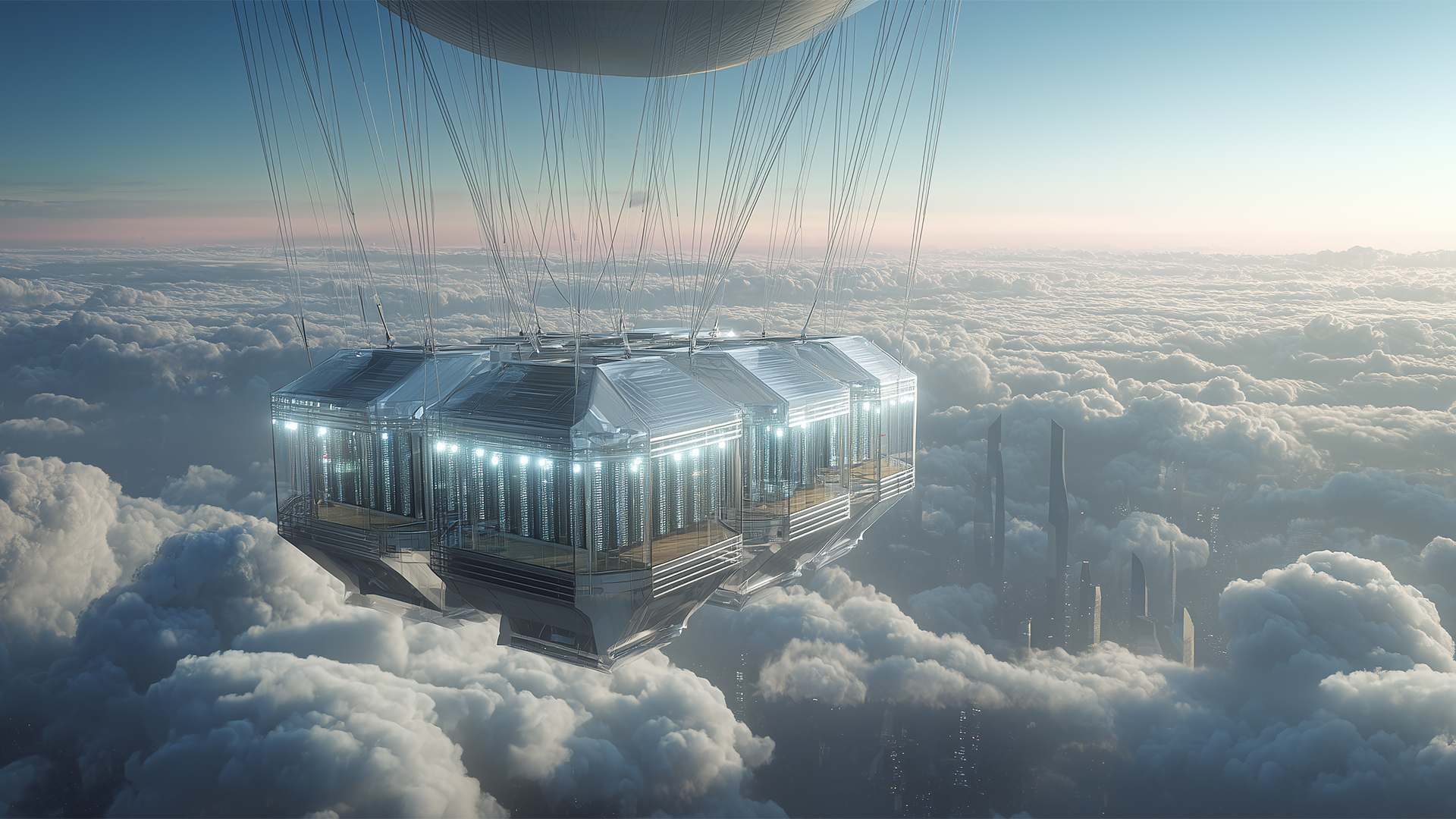
Lenovo claims traditional data centers are not fit for purpose and is proposing some radical solutions for future designs.
Research from the company shows many are failing to meet sustainability targets, with 46% of IT leaders admitting their current infrastructure doesn't support energy or carbon-reduction goals.
That comes despite the fact 92% said they prioritize technology partners who reduce energy use and carbon footprint.
Meanwhile, an overwhelming 99% of IT and C-level decision makers across EMEA said data sovereignty will be critical in the coming years.
Unsurprisingly, AI is a key consideration in terms of future data center sustainability and design. Nine-in-ten believe that AI will significantly increase organizational data usage in the next decade, and 62% expect AI and automation to have the greatest impact on IT strategy.
This means that data centers of the future will have to be designed with AI workloads in mind, and many simply aren’t up to scratch right now.
“The data center of the future will be defined by how effectively it can scale for AI, deliver on sustainability targets, and operate with maximum energy efficiency,” said Simone Larsson, head of enterprise AI for EMEA at Lenovo.
Sign up today and you will receive a free copy of our Future Focus 2025 report - the leading guidance on AI, cybersecurity and other IT challenges as per 700+ senior executives
“In EMEA, data sovereignty stands out as a particularly urgent priority, shaped by complex regional regulations and heightened scrutiny from CIOs and C-suites alike."
Lenovo is taking 'the cloud' to the next level
So what's the answer? Well, according to Lenovo, it's all about thinking outside the box. The company said it's been working with engineering firm AKT II and architect Mamou-Mani to dream up some ideas.
The most radical is the 'Floating Cloud' – perhaps taking the term 'cloud' rather literally, by suspending the data center in the air. These would operate at an altitude of 20-30km and make use of 24/7 energy from solar power. Pressurized closed liquid cooling loops would avoid any air pollution.
Closer to reality, other ideas touted by the company include the use of modular, stackable brick or pod systems of data centers linked to city needs. These would be sited close to water sources such as rivers or canals, the company said.

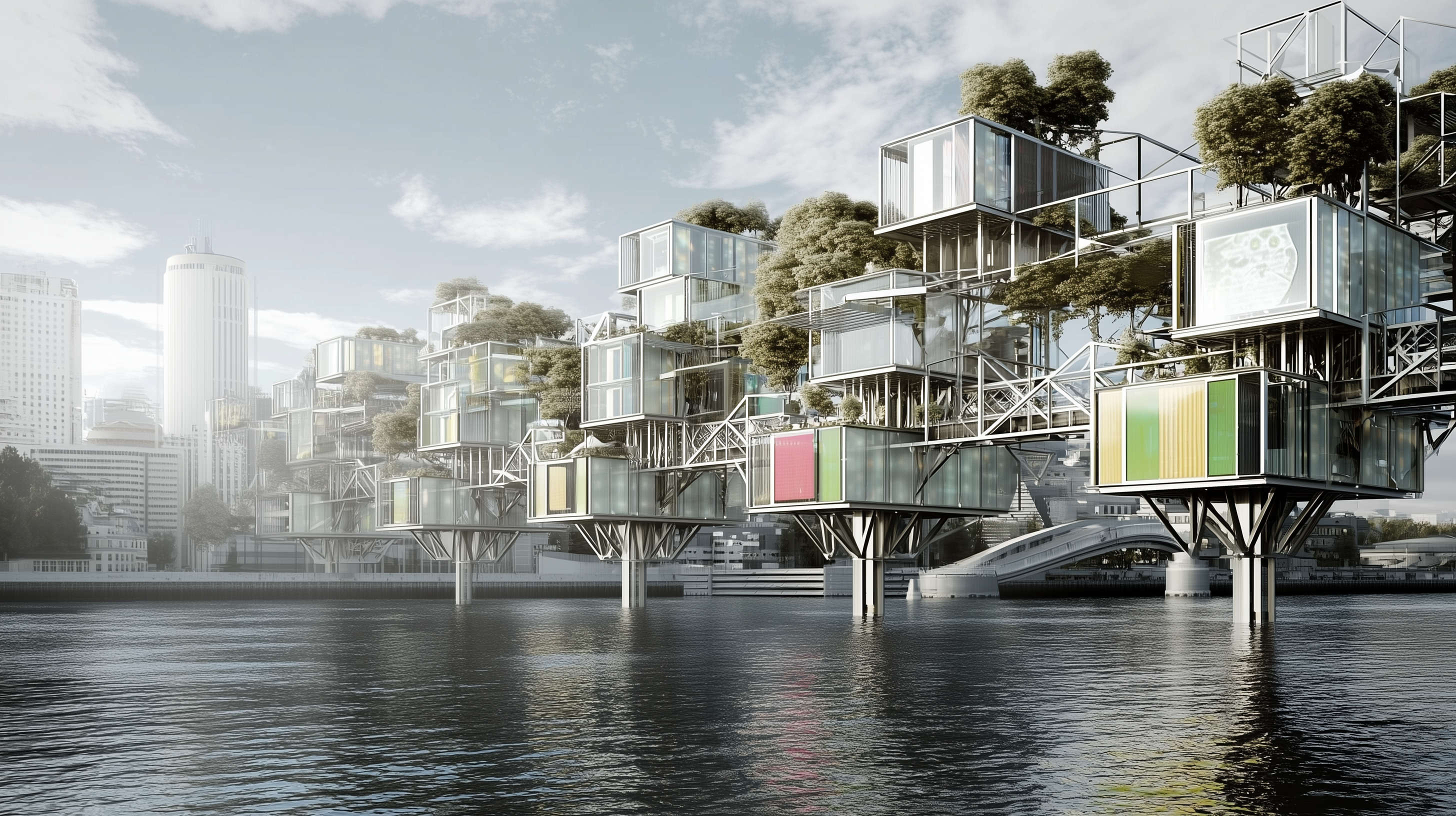
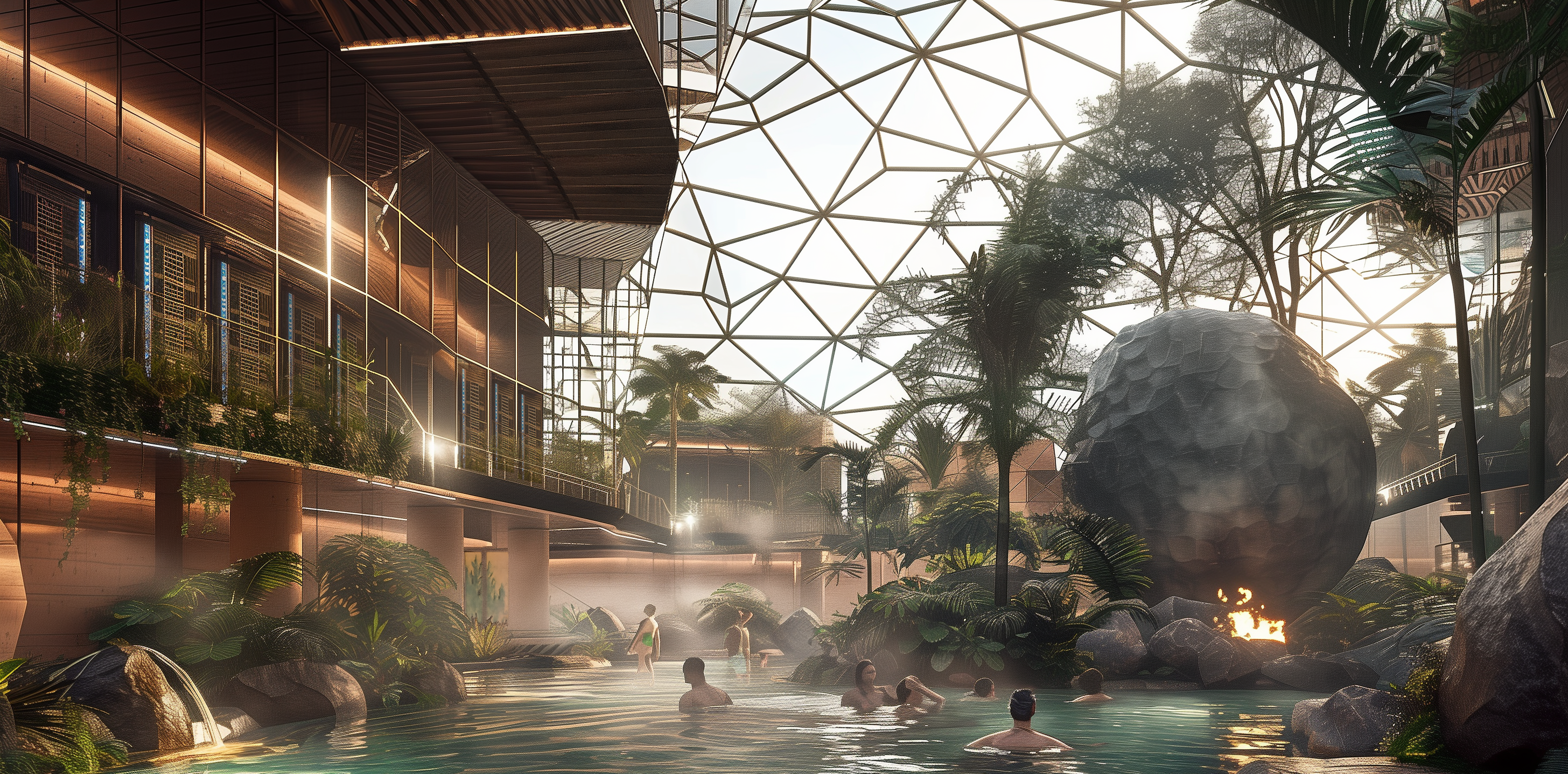

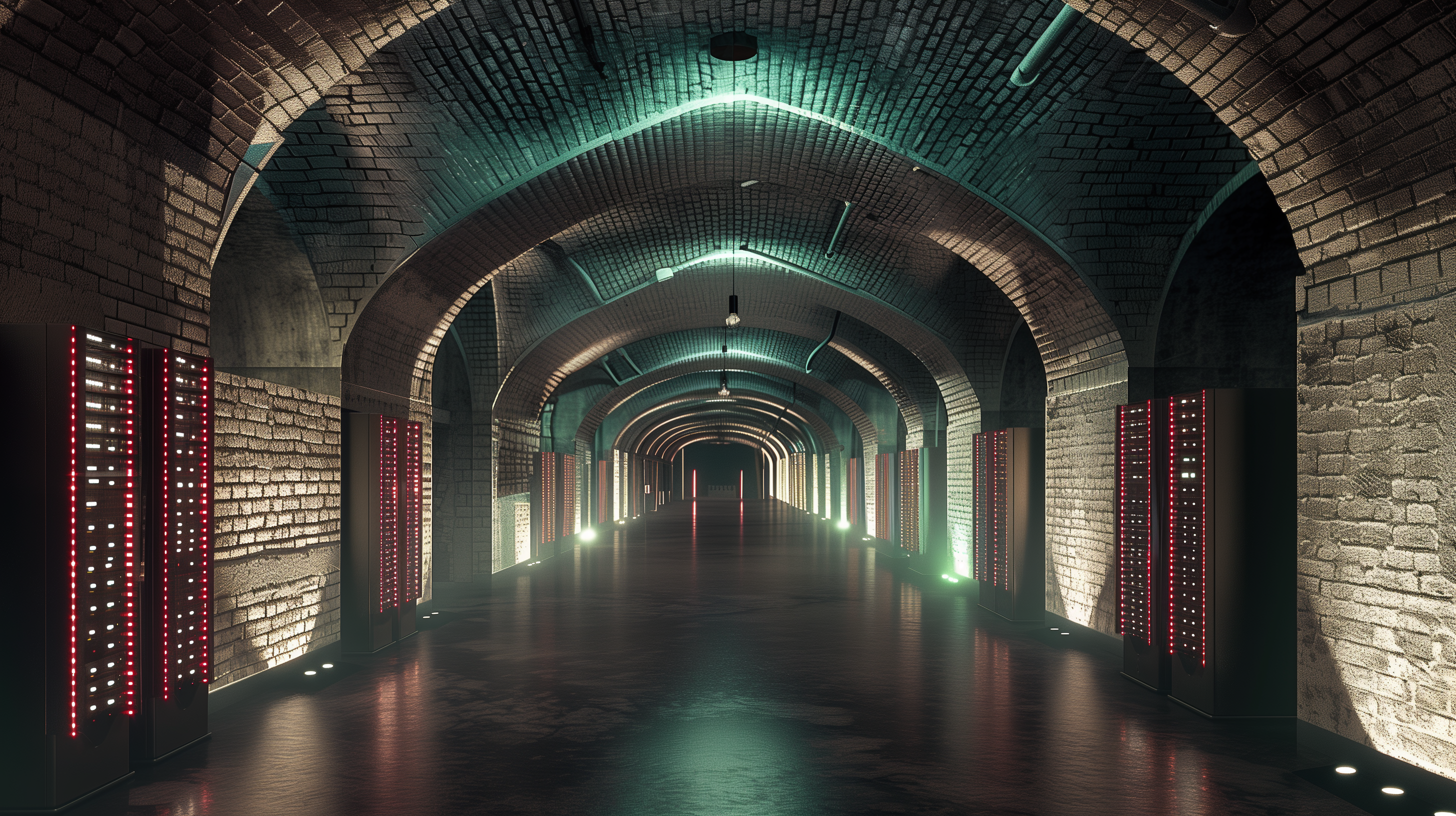
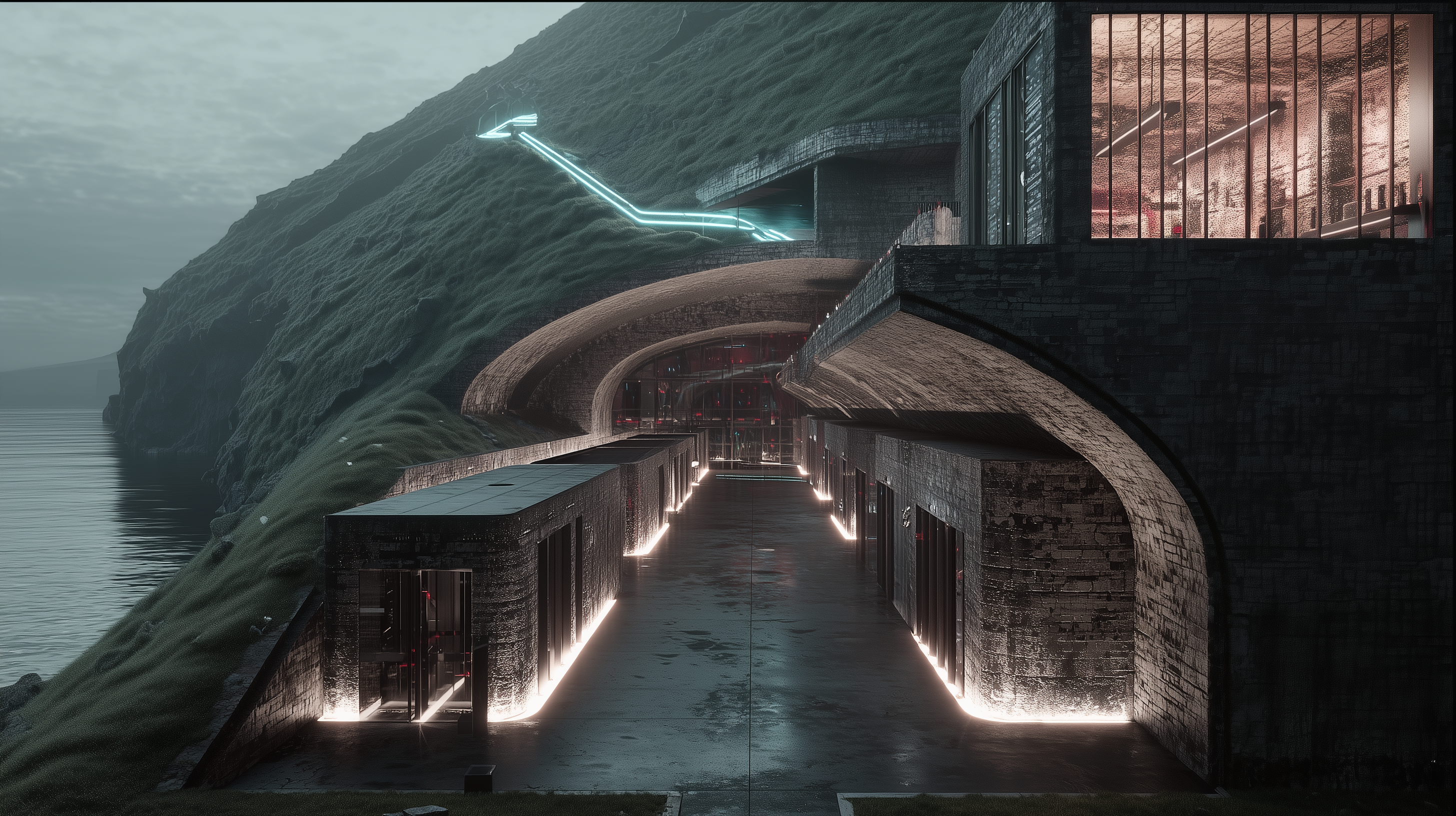
When sited next to geothermal power sources, designers suggested these could be referred to as 'Data Spas'.
Elsewhere, there's also the possibility of utilizing disused tunnels, bunkers, or transport systems, reducing land use while allowing for facilities to be set up in central locations with lower impact.
Such sites would benefit from enhanced security resilience, while the subterranean location would create a naturally efficient heat management system.
Some of these ideas are already starting to appear in the real world. Portus Data Centers, for example, operates an underground data center in the heart of Luxembourg, powered by 100% renewable energy sources.
Siting data centers near water sources is already pretty standard, and in areas with significant geothermic activity, many already take advantage of the free power.
Microsoft, G42, and KenGen, for example, are building a data center at the Olkaria geothermal field in Kenya.
Make sure to follow ITPro on Google News to keep tabs on all our latest news, analysis, and reviews.
MORE FROM ITPRO
- Why meeting data center demand is becoming a global challenge
- Gas-powered data centers: what's behind the boom?
- Majority of English data centers use less water than a 'typical leisure center'
Emma Woollacott is a freelance journalist writing for publications including the BBC, Private Eye, Forbes, Raconteur and specialist technology titles.
-
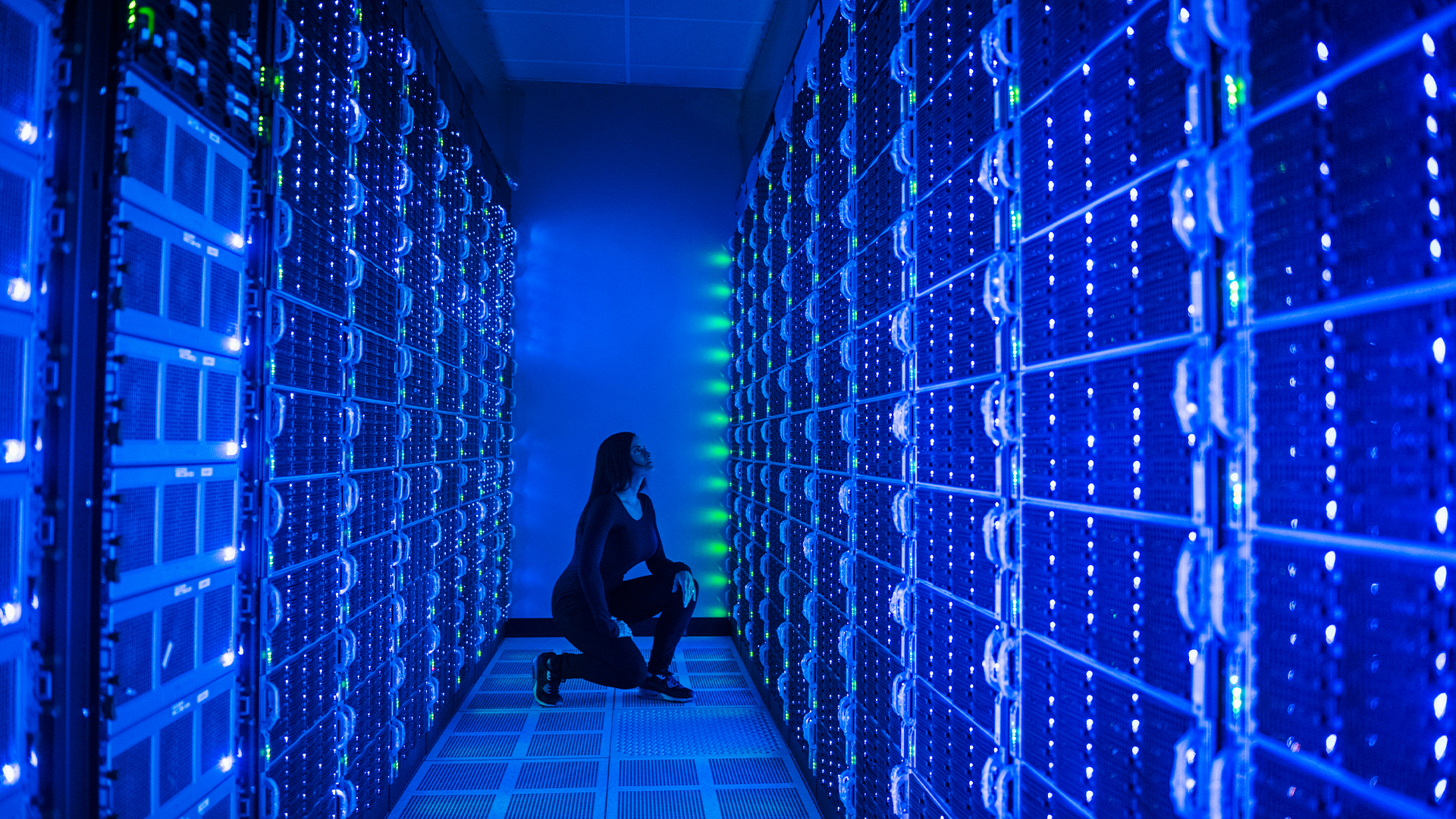 Majority of English data centers use less water than a 'typical leisure center' as operators embrace new cooling methods
Majority of English data centers use less water than a 'typical leisure center' as operators embrace new cooling methodsNews England’s data centers are surprisingly efficient when it comes to water consumption
-
 Microsoft's plan to use human waste to offset AI emissions stinks of greenwashing
Microsoft's plan to use human waste to offset AI emissions stinks of greenwashingOpinion Hyperscalers are getting increasingly gimmicky when it comes to sustainability
-
 Google emissions have surged 51% in five years – but it’s making solid progress in data center efficiency
Google emissions have surged 51% in five years – but it’s making solid progress in data center efficiencyNews While overall carbon emissions have increased significantly, the company is making solid progress in bolstering data center energy efficiency.
-
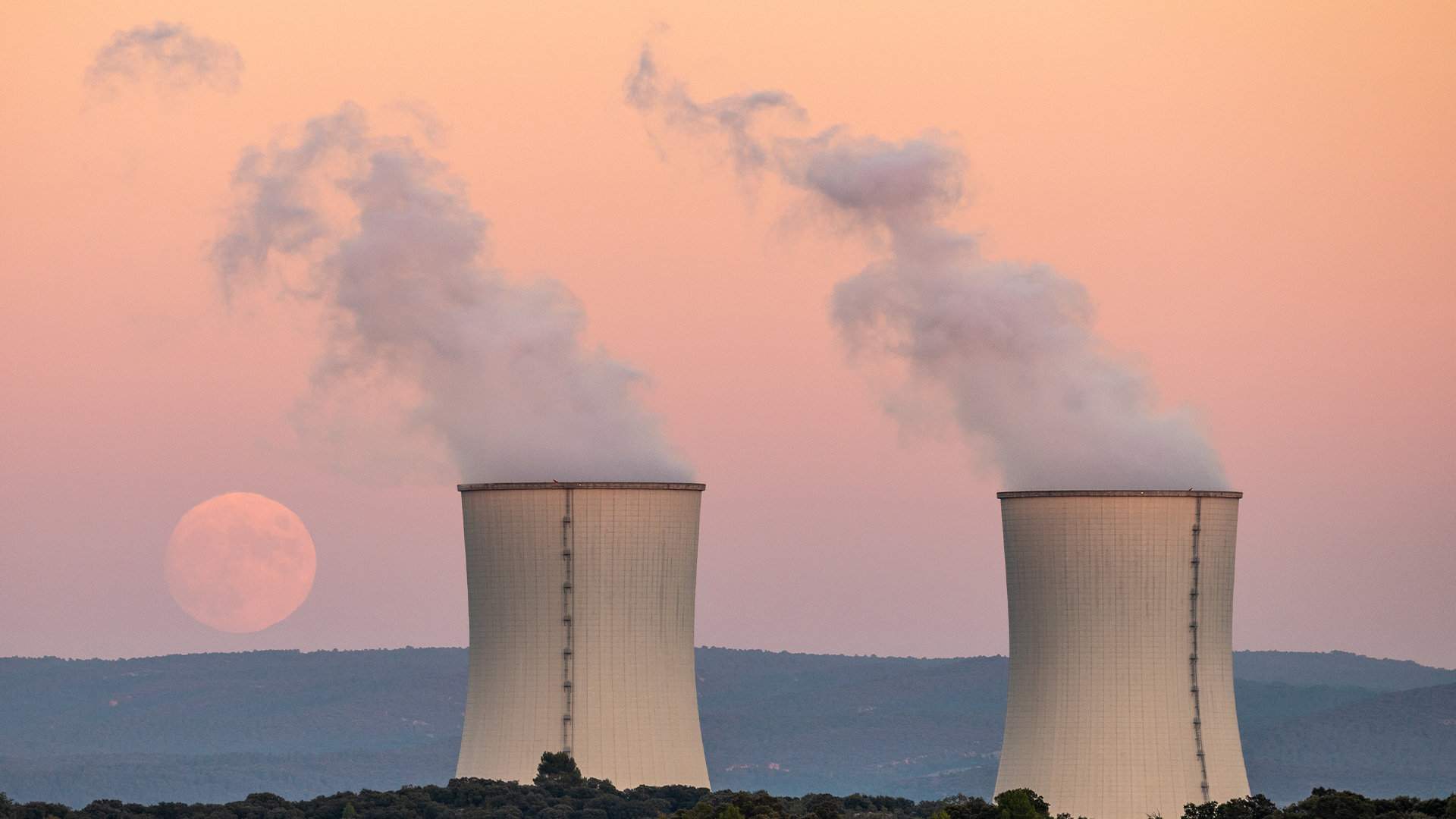 AI will chew through the same amount of energy as Japan by 2030
AI will chew through the same amount of energy as Japan by 2030News The energy demand of AI data centers will top that of Japan by the end of the decade, new research shows – and that’s providing that energy grids can even keep up.
-
 Enterprises face delicate balancing act with data center sustainability goals
Enterprises face delicate balancing act with data center sustainability goalsNews High energy consumption, raw material requirements, and physical space constraints are holding back data center sustainability efforts, according to new research from Seagate.
-
 Tech giants called in to help tackle UK’s AI energy concerns
Tech giants called in to help tackle UK’s AI energy concernsNews The UK government is holding talks with Microsoft, ARM, Google, and Amazon in the first meeting of the new AI Energy Council.
-
 The Total Economic Impact™ of the Intel vPro® platform as an endpoint standard
The Total Economic Impact™ of the Intel vPro® platform as an endpoint standardwhitepaper Protection across AI attack vectors
-
 Testing the Value of Dell™ PowerEdge™ R750 Servers with Windows Server® 2022 Preinstalled
Testing the Value of Dell™ PowerEdge™ R750 Servers with Windows Server® 2022 Preinstalledwhitepaper Protection across AI attack vectors


